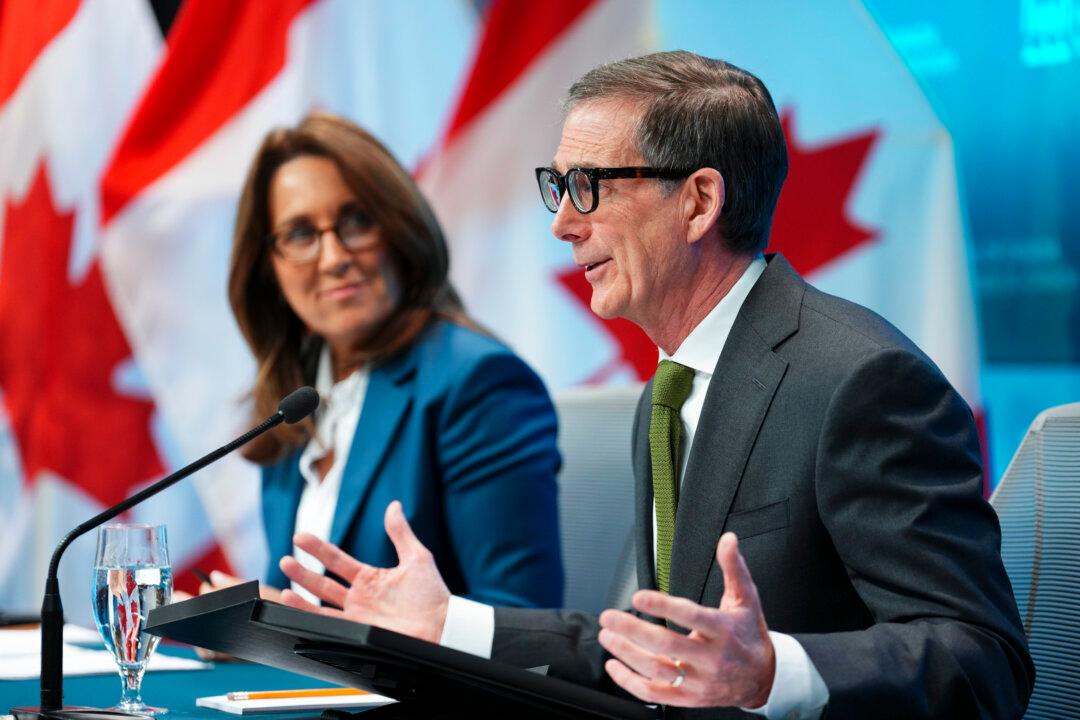OTTAWA—Running deficits as far as the eye can see, Finance Minister Bill Morneau’s focus when he released his economic update this week seemed to be on the advantageous situation Canada is in. But this approach comes with risks, including creating a moral hazard—what a C.D. Howe report termed as a temptation to “massage the numbers”—while unnerving the business community.
Morneau made it a point to refer to government spending as “investing” in his press conference on Dec. 16. The Liberals aim to cut taxes for the middle class and spend to keep the economy rolling.
“Our view is the appropriate response right now to our economic situation is to continue investing,” he said.
The fiscal update’s deficit projection for 2019–20 is $26.6 billion—up from $19.8 billion at the time the 2019 federal budget was released on March 19.
Not delivering on budget commitments results in greater spending per person and higher taxes, said the C.D. Howe Institute’s CEO Bill Robson in a press release for the think tank’s July 11 report, “Big Spenders: Canada’s Senior Governments Have a Bad Budget Habit.”
The report found that since 2000–01, governments have routinely spent and taxed more than projected in their budgets—thus raising the size and cost of government over time.
The institute makes several recommendations to improve fiscal accountability and also warns that deficits can open the way to not being entirely transparent with the numbers.Awash in Red, Future Burden
The enlarged deficit is expected to decline to $11.6 billion by 2024–25.
The federal debt-to-GDP ratio is also expected to decline from 31.0 percent in 2019–20 to 29.1 percent by 2024–25. The deficit as a percentage of GDP is projected as 1.2 percent in 2019–20 and declining to 0.4 percent in 2024–25.
In contrast, the United Conservatives in Alberta, in their first budget delivered Oct. 24, promised to balance the provincial budget in four years even while facing a deficit that’s 2.5 percent of GDP and a weaker economy.
“The longer you wait to make a fiscal adjustment, the bigger the necessary adjustment will be in the future,” said Trevor Tombe, associate professor of economics at the University of Calgary. He added that the United Conservatives’ plan to get the budget in order now is prudent.
Low interest rates have been both a blessing and a curse for the Liberals. Interest rates have fallen slightly since Budget 2019, allowing the government to finance spending more cheaply and making the current interest expense lower than that at the time of Budget 2019’s release.
Nevertheless, the feds are still projected to spend $24.4 billion on interest payments in 2019–20, climbing to $31.5 billion in 2024–25. This represents 1.1 percent of GDP.
The main reason the deficit jumped since Budget 2019 is higher costs from revaluing pensions and other benefits like veterans benefits and RCMP disability benefits. As interest rates fall, the value of benefits to be paid in the future (liabilities) rises.





